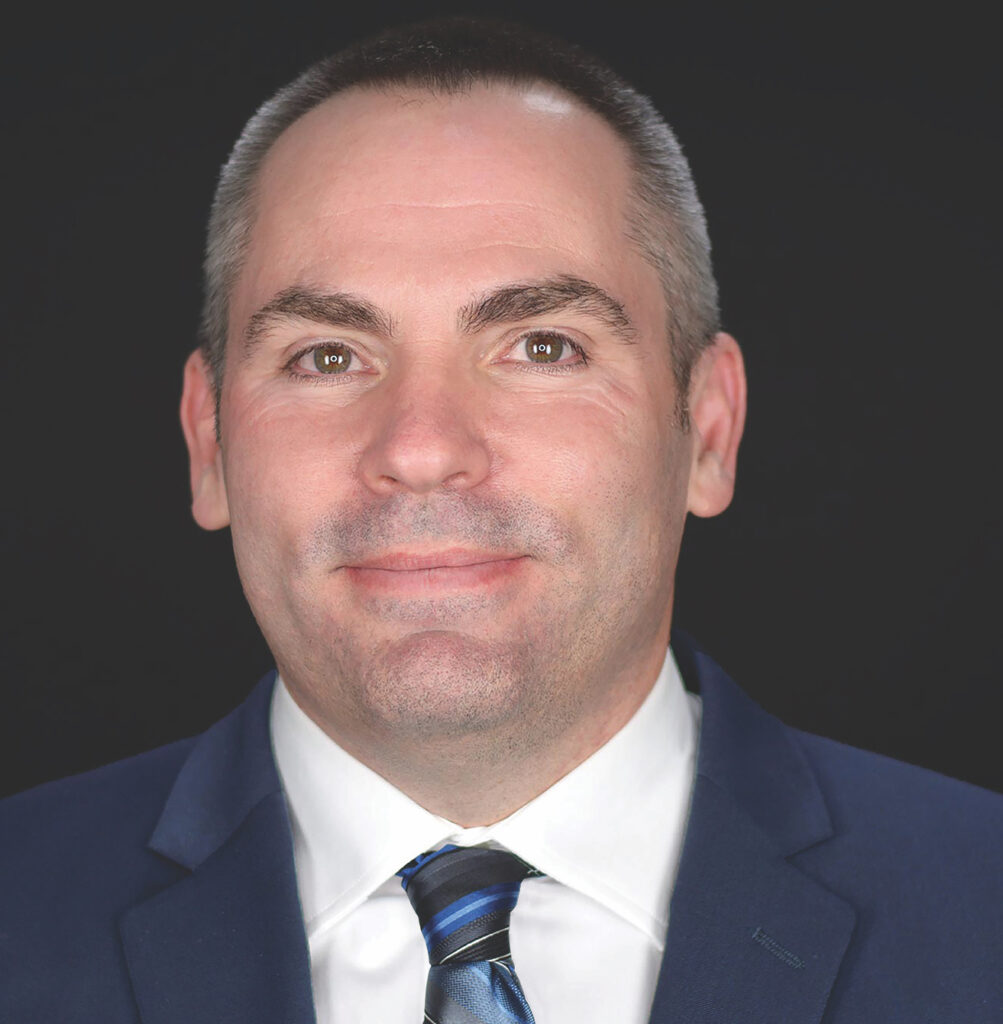Opportunities exist within risk-based payment models to improve coordination among providers and transitions of care between settings, according to Dr. Joseph Shega, executive vice president and chief medical officer for VITAS Healthcare, a subsidiary of Chemed Corp. (NYSE: CHEM).
While the Medicare benefit covers the vast majority of hospice care in the United States, other reimbursement models are emerging that in time could transform the ways providers do business, collaborate with their partners and deliver care.
Perhaps most prominently, the U.S. Centers for Medicare & Medicaid Services (CMS) is currently testing coverage through the Value-Based Insurance Design (VBID) program, often called the Medicare Advantage hospice carve-in.
Hospices, including VITAS, have also been establishing payment relationships with entities like Managed Services Organizations (MSOs) and Accountable Care Organizations (ACOs).
Hospice News spoke with Shega about the potential he sees in some of these models for fostering greater collaboration among providers at different points in the continuum and giving patients in need earlier access to hospice.

I’ve spoken to VITAS executives in the past, and they’ve had some questions about the value of the Medicare Advantage hospice carve-in, in particular. But do you also see opportunities in value-based reimbursement programs?
VITAS is in several arrangements with MSO and ACO partners, and the care models vary slightly. We are trying to learn which models best meet the needs of populations that we’re at risk for.
From my perspective, I agree with the philosophy of value-based programs to optimize high quality and decrease health care costs. And for me, we spend most of our time now with our at-risk partners trying to get them to understand the benefits of hospice from that perspective, along with educating them on when and how to have that conversation.
The median [hospice] length of stay still runs in the 20-day range, even though it’s a six-months-or-less benefit. And there are many opportunities from that perspective to optimize hospice stays and care.
One of the things we’ve done is created this goals-of-care preceptorship specifically to work with our partners to help them better understand hospice benefits, eligibility and prognosis, how to engage in goals-of-care conversations, and probably most importantly, how to overcome some of the challenges that are put forth when you mention the word “hospice,” so that you can work through it and get people comfortable with it.
Can you talk a little bit about the ways that payment models influence care models and care delivery?
We embrace CMS’ approach to creating care models that optimize value for the health system and for its beneficiaries. We encourage those models to be flexible, recognizing that patients’ needs and goals also vary quite a bit and need to be able to fit within those wishes and values.
We are very open to entering into such at-risk arrangements, and again, trying to create the optimal resources and support to meet the goals of patients and families.
Where in those alternative models do you see the most potential for positive change?
One of the key areas is ensuring Medicare beneficiaries have increased access to hospice services, so really working hard to get patients and families to understand what the end of life looks like, how we can support them in that process, recognizing what their goals are, and making sure their care concurs with their wishes and values.
Helping to make that smooth transition earlier is one of the great opportunities for some of these care models.
And kind of a complement to that question: What are some of the potential negative or unintended consequences?
When we look at our care models, we’re constantly evaluating patient outcomes and focusing on symptom assessment and management, delineating what the goals of care are through advanced care planning and trying to align those goals.
So the care models need to make sure that they support those things and don’t end up exacerbating some of the fundamentals that already exist in our health care system that lead to over-medicalized deaths.
What are some of the factors that make those care transitions such a sensitive time in terms of logistics and the impact on quality and patient safety?
I see two factors here. One is that most patients and families haven’t had optimal communication about the natural history of their illness and really understand that what they’re experiencing is that they’re entering the final stages of life. So the first step is really to try to build that relationship, that trust, to then start to engage in those conversations.
And then, through advanced care planning, we have those conversations so that we can really address their fears and concerns, get them to recognize the value of hospice and create that individualized care plan to support their needs.
One of the selling points of value-based programs is the potential for greater care coordination and system integration. Do you think that existing models will indeed foster that kind of collaboration?
VITAS has spent a substantial effort and investment, both in technology and time, to create processes that enhance care coordination and admission throughout the beneficiary’s hospice journey.
With the referral sources — attending physicians, MSOs, the plans that we work with — the admissions focuses on ensuring smooth transitions, which may include clinician-to-clinician, face-to-face interactions with the patient simultaneously with the referring partner so that some of those complex and acute cases can transition more smoothly and to build that trust with the patient and family.
It includes collaboration through regularly scheduled care plan meetings with the partner so that they understand what’s happening with their patients. And then finally, obviously, is timely informing them of the death of their patient and then letting them know any of the bereavement plans that might impact them from their perspective.



